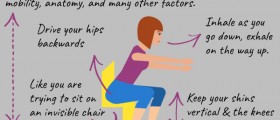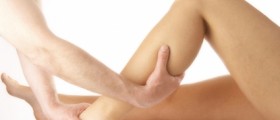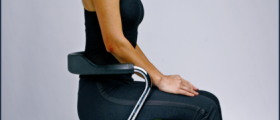
Piriformis syndrome is a neuromuscular disorder that is often caused by the compression or irritation of the sciatic nerve by the piriformis muscle. It leads to pain, numbness and tingling in the buttocks.
It is usually caused by overstress or the strain of the nerves in that area, and there is no definitive way to diagnose the syndrome, because these symptoms are associated with many other conditions.
It can also be caused by trauma or an injury of the area. Trauma to the nerves and muscles can lead to developing Piriformis syndrome.
People that are very active and are involved in exercise and sporting activities on a regular basis are prone to develop the syndrome. The forward movement of the muscles can cause the strain, and it is very important to stretch the muscle before all strenuous activities, because the muscles need to be relaxed and strong in order to avoid injury.
Some of the symptoms includes chronic pain, tingling and numbness in the buttocks and the surrounding area. These sensations can spread to the lower back, calf and thigh and they often worsen when a person is performing strenuous activities such as running, or even sitting on the narrow end of the chair and stretching their thighs.
There is really no way to stop the pain through activity or inactivity when the symptoms occur, because it is present both in demanding activities and while sitting and resting.
There can also be pain during bowel movements and when getting up from a sitting position.
Men can also experience pain in the scrotum and females may have pain of the labia majora.
Because of this pain, it could be very hard for people to remain sedentary for a longer period of time.
There are ways to diagnose the syndrome however, even though, as stated earlier, the diagnosis is often difficult because the symptoms are ones that are common in many other ailments, not just Piriformis syndrome.
The Beauty method is a method of selective contraction of the piriformis muscles. The patient will lie down and rotate the thighs in an upward direction.
Magnetic resonance neurography can be used as an imaging technique to show the problems that are related to the sciatic nerve in that area of the body.
Doctors will recommend that people with the condition get as much rest as possible and to stop all activities that can cause strain to the piriformis muscles.
Medication, exercise, a change in posture habits, and massages can also help to ease the pain as well. Surgery can be used, but it does not offer a total solution either, so it is best to relieve the pain in natural ways.
















Your thoughts on this
Loading...